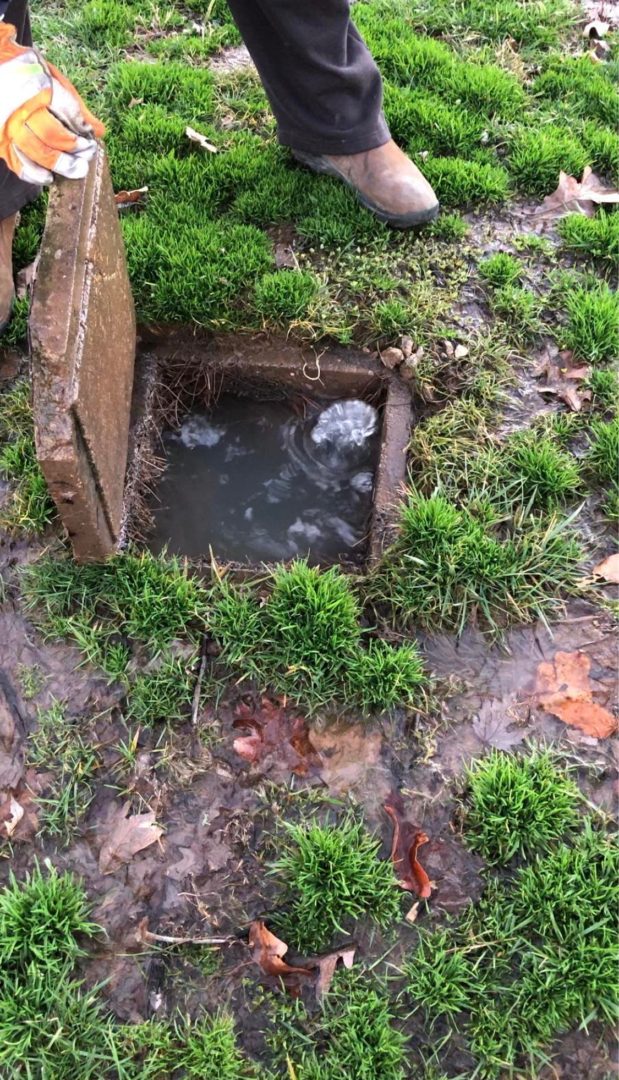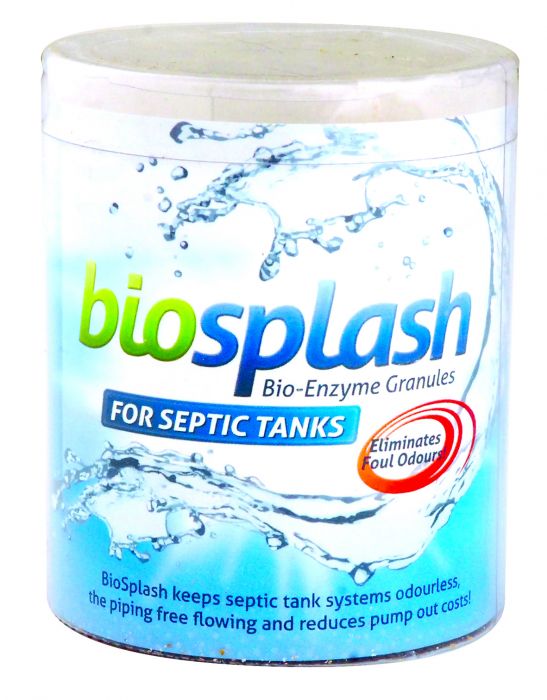Odd though it may seem, a septic tank system is a living thing. Inside the chambers of the tank lurk billions of microscopic organisms that digest the waste which pours in from the house.
Some of these organisms are aerobic, meaning they need oxygen in order to survive and thrive, while others are anaerobic, meaning they survive in conditions deprived of oxygen.

You don’t want to kill off the bugs in your tank, because if you do the tank will quickly fill up and overflow, with the result that you will have a swampy, smelly garden and will need to go to the expense of having the tank pumped unnecessarily. You can’t simply pump the contents of your tank out on to your land and hope for the best. Not only is doing so illegal, it’s also extremely dangerous and stupid.
To fix a completely “broken” septic system will, however, require sucking the contents out and disposing thereof, and here you will need the services of a “honeysucker” that will remove the contents and discharge them, hopefully, into a municipal waste system. (Although there have been many reports of rogue honeysuckers discharging their trucks into rivers and streams on the ‘down low’.) In some cases merely emptying the second chamber by, in an emergency, pumping the contents out yourself, will give the system breathing space in which the microbes can multiply and start their work again. Here, a portable wastewater pump and a length of dewatering hose, as is supplied by the likes of Watex in various diameters, will be valuable tools in your workshop. This is, however, an occasional activity. If you have to do it frequently, get a honeysucker in to empty the whole system and start again.
Old wives’ tales and “boereraad” give us all sorts of weird and wonderful suggestions for encouraging the growth of microbes in the septic system. Perhaps the best of these is the suggestion that one should toss in a dead chicken to get the tank going. (Seriously!)
Thankfully, there are better ways. Periodic treatment with a biological drain compound is the best. There are many such formulations on the market, some of which are in liquid form, where the microbes are help in a concentrated form in a state of suspended animation, and are activated upon release into the drain, and other which come in a powder form, with the microbes being activated once exposed to water. Biosplash from local company Ashak, for example, is a granulated formula made from a blend of freeze dried bacteria and enzymes designed to digest and liquefy organic waste which in turn will reduce odour, prevent flies and extend the life of your system. Plus, it being made of purely organic material, it is safe for use around humans and animals and is not harmful to the environment.
Don’t make the mistake, with a powdered formulation, of thinking that you can simply empty the packet into the loo, rather than adding it to lukewarm water first, in the view that, oh who cares, it’s going into water anyway. If you do so the microbes will fail to activate and you could just as well have emptied a packet of powdered biltong into your loo. Always read the package instructions.
A regular dose poured into the system as directed will ensure that you almost never need to pump your tank, particularly if it is the correct size for your household, and provided you don’t put harmful stuff into the system. Intervals between pumping thus could be as long as ten to 20 years.
A further suggestion when adding your activator is to choose a day when the system is least used, and to add it to the system in the toilet or basin furthest from the septic tank. This will allow the formulation to lie in the drain line for a while, giving the microbes a little time to get to work on any build-up in the pipe before being flushed into the tank ~ a form of biological drain cleaner.
Don’t worry about adding too much to you tank, for any excess will simply pass into the drain field, helping to keep that system free of solid build-up, too.
Of course, the size of your system is also vital for ensuring effective waste management. For more on choosing the correct size for your property, click here.
Main Image: Rototank
This is the third installment in a five-part series called Fluid Waste Management & Septic Tanks. To read the rest, click here.

